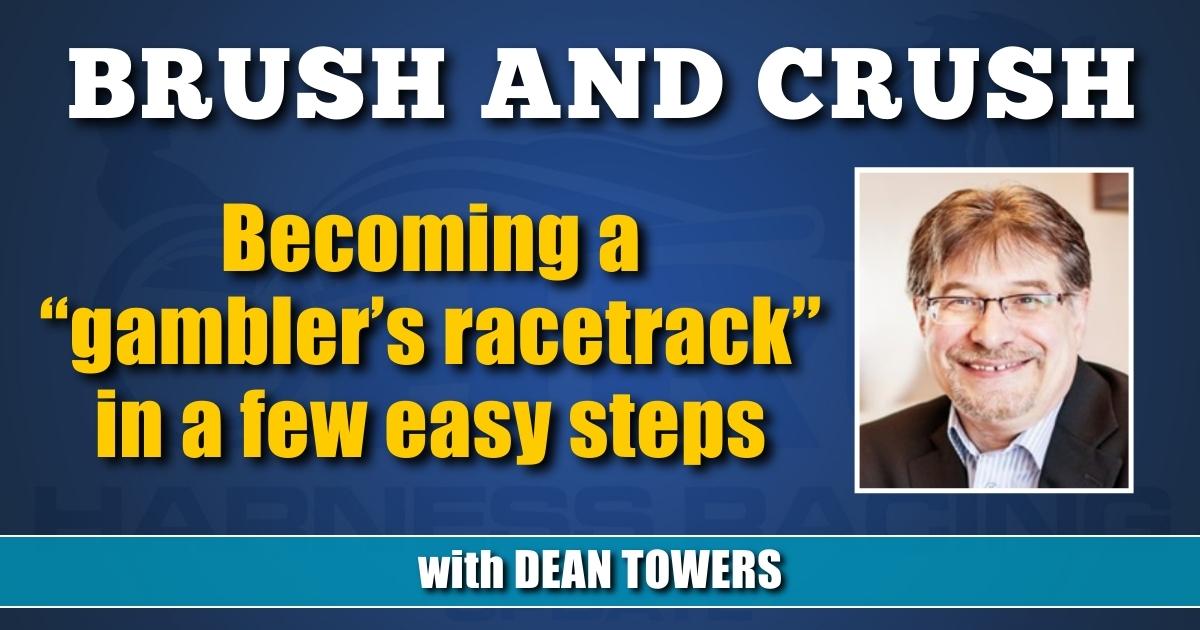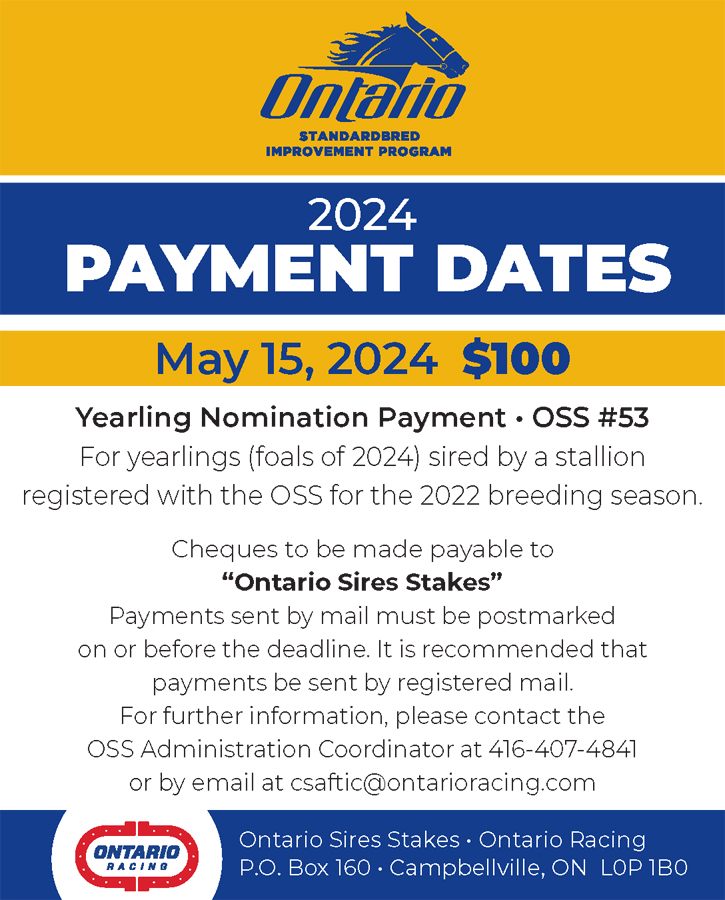

Becoming a “gambler’s racetrack” in a few easy steps
Red Mile and Horseshoe Indianapolis are making some waves with what many might describe as relatively minor changes.
by Dean Towers
The Red Mile meet seems to be humming.
On July 20, the Lexington track trumpeted their “Better for the Bettor” agenda for the upcoming meet, dropping Pick-4 and Pick-5 takeout to the lowest they’ve ever been, and adding a low denomination Pick-6 at 15 per cent juice (clearly hoping for some carryovers). The changes were on the heels of the elimination of breakage in Kentucky in 2022, which returned more money to bettors.
At the time, vice president of racing operations Gabe Prewitt hoped the ‘Send it in Army’ would take advantage of the changes. And, thus far, it appears that they have. Handle is up approximately 40 per cent from last year, and about three times higher than several summers ago.
The lucrative Kentucky Sires Stake program has been a staple for several years at Red Mile, and it has drawn eyeballs from insiders, but the betting menu and push has, in my view, been the biggest move forward. Even anecdotally, my phone has pinged several times the last few weeks from fellow bettors asking me if I’m watching the Red Mile card; because a horse looks good, or there’s a carryover. It’s something new.
Meanwhile over on the thoroughbred side, Horseshoe Indianapolis – a small-to-medium sized signal — decided to make some changes this year, and thus far things are moving in the right direction.
Through the first 50 days of their meet, handle is up a whopping 45 per cent. In May, the Indiana oval generated a record $5.1 million in handle for Caesars Day, and this, according to Horse Racing Nation’s Ed DeRosa, was thethird highest Wednesday handle for the entire year, for any racetrack.
Listening to horseplayer feedback, Indy removed the archaic high takeout jackpot Pick-6 from the betting menu, replacing it with a second Pick-5 at a low 11.99 per cent takeout. On Caesars Day, this new Pick-5 handled over $390,000, which is a big number for a track this size. In addition, sources noted that they changed signal providers, increasing the track’s reach.
These changes, like those at Red Mile, did not go unnoticed by players. Earlier this year on Chris Larmey’s Bet with the Best podcast, professional horseplayer ‘Inside the Pylons’ specifically referenced Horseshoe Indy as a track to have a look at this meet, as they were doing some good things. Bettors have responded.
On the flipside, the little things can be done incorrectly, and they too are not done in a vacuum.
Last Sunday at Georgian Downs, just north of Toronto, the $100,000 Earl Rowe Memorial Trot was raced on the track’s signature card. Incredibly, they didn’t even card a late Pick-4 for the big race and bettors were justifiably confused, keeping their hands firmly in their pants pockets.
A track like Georgian, in my view, has good enough cards (including a lot of Ontario Sires Stakes during the year, plus a cushy spot on Sundays) to be a player. But by not doing something as simple as making a signature race a feature in a Pick-4 or Pick-5 it truly makes me wonder.
Election season is coming in the U.S. and we’re seeing a lot of “right track-wrong track” polls. It takes a lot to turn an entire country onto the right track from a wrong one (and vice-versa), but for our sport, it can be relatively simple. Places like Red Mile and Horseshoe Indianapolis – just by doing the little things gamblers are searching for — are proving it.














